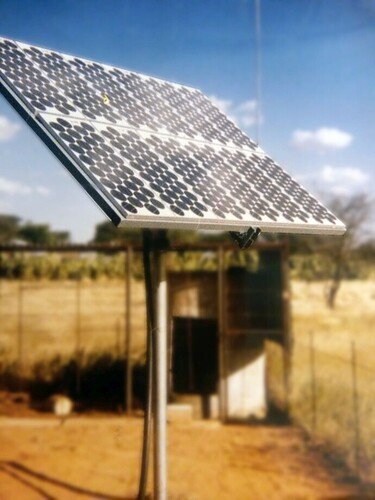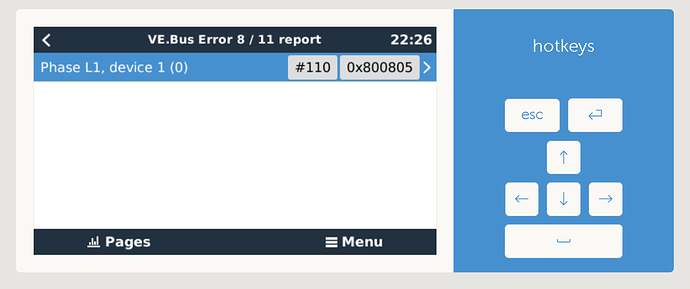In short, and as all know, I am not good with words or explaining stuff, so I will ask @plonkster to redo this attempt in his professional manner.
First it looks at what Grid code you use, the grid code will determine what results it will accept for each of the tests.
The main test that I am worried about and focus on the most is : (This is for South African Grid codes)
1: IT test if there is a bond between neutral ans earth on its input. It should be bonded for the test to pass.
2: It test if there is a bond between neutral and earth on its output, if there is, the test will fail because a bond on the output is not allowed.
3: It test to see if Live and neutral is wired correctly, if turned around it fails
4: The rest of the 8 tests I will leave for Plonkster.
For the Australian grid code for example, it will expect to see a bond before and after the inverter as its required to wire the input neutral with the output neutral in Aus…
With Bobbys system, it failed the test because it did not see the bond between the input neutral and earth because the earth was not connected. The moment he earthed the gen, the return path was completed and the bond visible to the inverter, hence the test passed. This is why we say, the gen must have an internal bond, Bobby did not create a bond, neither did the inverter, on testing for the bond the inverter detected is was present and continued to the next step of the test/process.
This is not correct, the inverter will not create a bond while the grid is present, the inverter only closes the Neutral Earthing relay during a grid outage.
If all 8 steps of the self test passes the requirements the Multi will still measure voltage and frequency and look at a few more parameters and only if all are within Grid Code specifications, the Multi will connect to the grid.
This is one of the major advantages of a Victron Multi and the newer Easy Solars, if it passes the relay/self test, You can be certain you dont have any wiring issues.
@plonkster , may I please ask you to use your communication skills to explain the other tests…
EDIT: I forgot to mention, if any of the Relay test fails, the output of the inverter switches off, and wont switch on till it passes all tests. (Except for in a offgrid setup)





